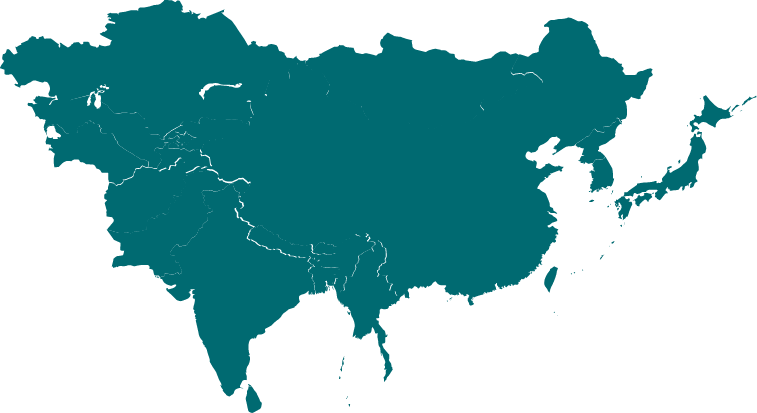
Swamy Vivekananda Rural Development Society (SVNRDS) Cooperation Circle collaborated with Core CarobonX Solutions Private Limited, Hyderabad working on Climate change initiatives. We are especially working on the Methane Reduction project Alternate Wetting and Drying Cultivation.
What is Alternate Wetting and Drying Cultivation (AWD)?
Alternate wetting and drying (AWD) cultivation, also known as intermittent irrigation, is a water-saving technique used in rice cultivation. In traditional rice farming, fields are continuously flooded with water, leading to high water usage and significant water loss through seepage and evaporation.
In AWD cultivation, farmers periodically alternate between saturating the rice fields with water and letting them dry out partially before re-flooding. This technique allows farmers to save water by reducing the amount of irrigation water used while maintaining or even improving crop yield and quality.
Benefits of alternate wetting and drying cultivation include water conservation, reduction of greenhouse gas emissions, improved soil health, and increased resilience to climate change.
Overall, alternate wetting and drying cultivation is a sustainable practice that can help address water scarcity, reduce environmental impact, and improve the efficiency of rice production. Learn More about AWD: https://www.fao.org/family-farming/detail/en/c/1618095/
This project will implement improved water management systems in 400,000 Acres(160,000) of rice fields in Suryapet, Nalgonda, Nagarkurnool, and Yadadri bhuvanagiri district of Telangana, India. Rice is cultivated in flooded fields creating an ideal environment for the decomposition of organic material and leading to the generation of methane gas, a greenhouse gas 27x more potent than CO2. This natural process results in 8-12% of methane generated by human activity. This project will train local farmers in sustainable practices and equip them with affordable and easy to use water management tools, optimizing their water usage whilst maintaining crop yields.
Water and electricity consumption are fully subsidized for farmers in Telangana, creating little economic incentive to reduce and optimize volumes. Faced with this challenge, SVNRDS will train farmers on “alternate wetting and drying” methods. This agricultural practice utilizes a measuring device to provide direct visuals of water levels in different sections of fields. This technology enables farmers to optimally administer water levels in their fields. The fewer number of days rice fields remain flooded, the lower the rates of decomposition of organic material, ultimately lowering methane emissions.
Participating farmers will receive a percentage of revenue generated from the sale of carbon credits, making them direct beneficiaries on the success of the project.
This project achieves 6 United Nations Sustainable Development Goals, delivering co-benefits such as:
- 15% to 25% reduction in water usage
- Economic gains for farmers
- Increased entrepreneurial networks
- Reduced fuel consumption from water pumps
This project is important due to the significant role of rice production in diets around the globe, methane’s measurable impact on climate change and the scalability of its greenhouse gas reducing activities.
Suryapet District:
In Suryapet district we have over 45 members field staff including coordinators, supervisors and district level managers. All are working full time on awareness campaigns, capacity building activities, onboarding of farmers to change their water management practices to Alternate Wetting and Drying Cultivation.
We have signed 1,00,000 acres of paddy fields of 40,000 farmers of suryapet district.
Awareness program photos
SVNRDS has dedicated field level staff in every mandal of Suryapet district. They work on farmers agreement signing, Pipe installations and geo mapping of paddy field of farmers.
Nalgonda District:
In Nalgonda District also we have 45 field level employees. Who working on Core Carbon Sustainable Rice Production by implementing Alternate Wetting and Drying Cultivation. In Nalgodna we identified more than 3 lakh acre paddy fields. From the 3 lakh acres we are working in 1 lakh acre paddy fields of 40,000 farmers.
Pipe Installation
Field visit
As we are working in Nalgoda and Suryapet district we also working in Nagarkurnool and Yadadri Bhuvanagiri district with the 40+ staff respectively.as of now we have been signed contracts with morethan 20 thousand farmers in nagarkurnool district and 26 thousand agreements of Yadadri Bhuvanagairi district.
